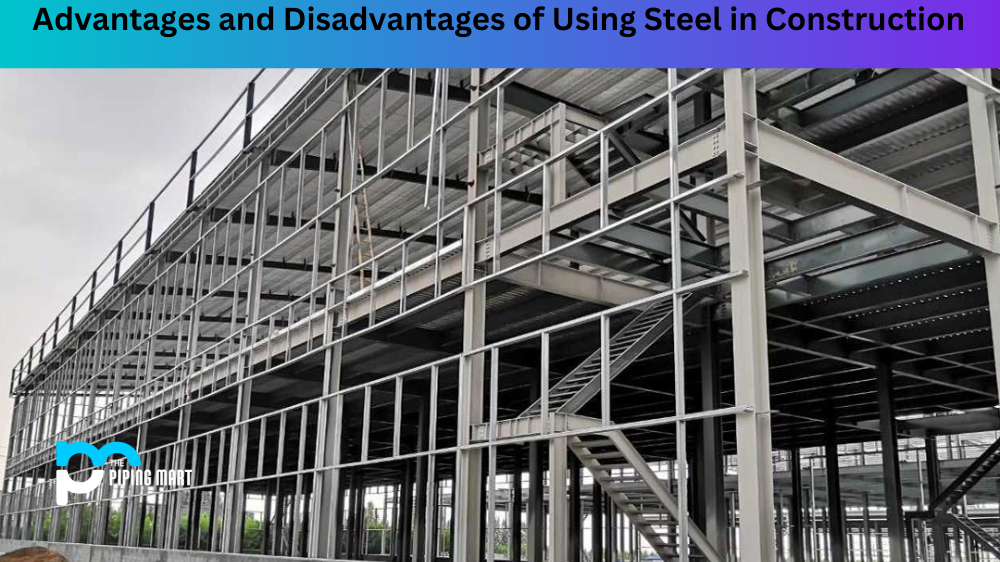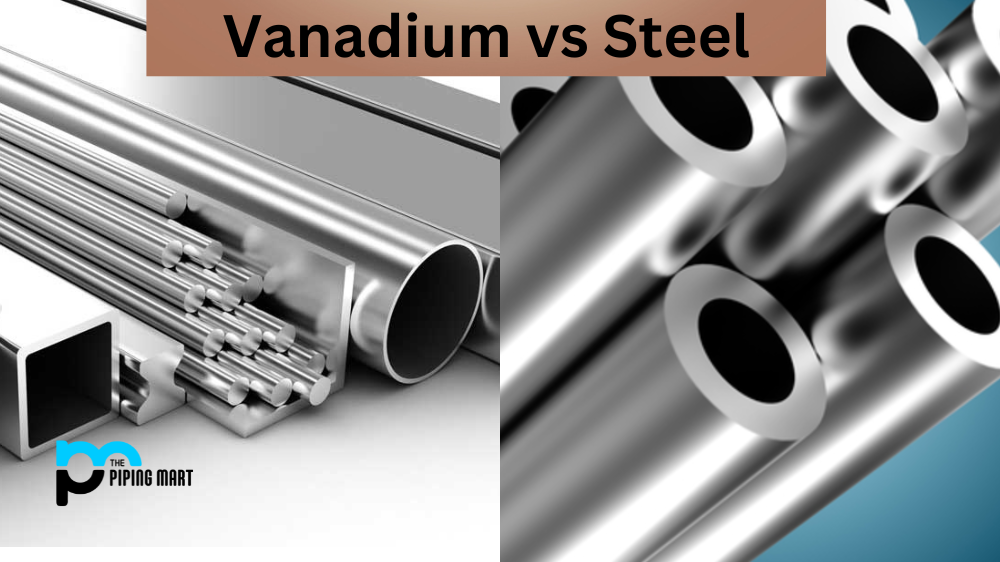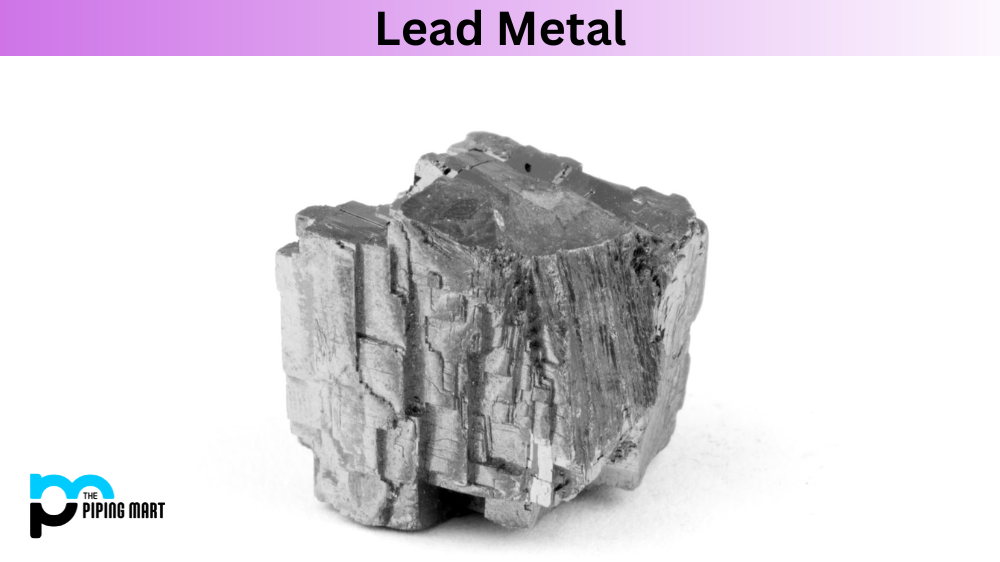For many years, steel has remained an essential component in building construction. It is a strong, durable, and versatile material that can withstand various elements to provide safety for the occupants. However, like any other material, steel has advantages and disadvantages that builders and construction professionals should consider. In this blog post, we’ll explore some of the pros and cons of using steel in construction that may assist you in making informed decisions regarding your next building project.
Advantages of Using Steel in Construction
Strength and Durability
One of the significant advantages of using steel in construction is its strength and durability. Steel can withstand harsh weather conditions and natural disasters like earthquakes, hurricanes, and tornadoes. It can resist tension, compression, and bending forces without breaking or cracking, making it ideal for building sturdy structures like bridges, skyscrapers, and industrial buildings.
Versatility
Another advantage of steel is its versatility. Steel can be used in various applications, including structural support, cladding, and framing. Additionally, steel can be easily adapted to meet the specific needs of a project.
Fire Resistance
Steel is also highly fire-resistant, making it an ideal material for use in buildings where fire safety is a concern. Steel will not burn or contribute to the spread of fire, making it an ideal choice for use in schools, hospitals, and other public buildings.
Pest Resistance
Steel is also resistant to pests such as termites and carpenter ants, making it an ideal material for use in areas where these pests are a concern. This resistance can help to extend the life of a building and protect it from damage caused by these pests.
Recyclability
Another advantage of steel is that it is 100% recyclable. This means that when a steel-framed building reaches the end of its life, all of the steel can be recycled and used to build new structures. This helps to reduce waste and conserve resources.
Cost-Effective
Steel is an affordable material compared to its counterparts like concrete and timber, making it a popular option for construction. It is also readily available in various shapes and sizes, reducing the need for costly customizations. Additionally, it is easier to install, and buildings made from steel are typically completed faster, saving time and labour costs.
Disadvantages of Using Steel in Construction
Environmental Impact
While steel is a recyclable material, its manufacturing process releases significant amounts of carbon dioxide into the atmosphere. This is because steel production requires a lot of energy and generates toxic waste. However, steel is a durable material that can last for decades, reducing the need for frequent replacements that can harm the environment.
Maintenance
Steel requires little maintenance compared to other building materials like wood and concrete. Since it is resistant to pests, rot, and mould, steel buildings do not require regular painting, sealing, or termite treatment. It is also fire-resistant, so the structure will not succumb to fire, reducing the need for costly repairs and restoration.
Thermal Conductivity
One of the significant disadvantages of using steel in construction is its high thermal conductivity. Steel structures can be susceptible to heat loss during the winter and overheating during the summer without proper insulation. This increases the need for additional heating and cooling systems, which can be costly in the long run. However, insulation can solve this issue, reducing energy costs and ensuring the occupants’ comfort.
- Steel is an alloy of iron and carbon, one of the most widely used metals in the world.
- While steel is incredibly strong and durable, it has some disadvantages that should be considered before construction.
- One of steel’s biggest disadvantages is its susceptibility to corrosion.
- Steel is also very conductive, meaning it can conduct heat and electricity.
- Finally, steel is not a very eco-friendly material, as it requires a great deal of energy to produce
Conclusion:
In conclusion, steel is a popular and effective material for construction. It offers many advantages, like strength, durability, and cost-effectiveness. However, it also has a few drawbacks, such as its environmental impact and thermal conductivity. As a construction professional, weighing the pros and cons of using steel in building construction is essential to make informed decisions that meet the project’s specific needs. By understanding these factors, you can ensure that your building project is completed efficiently, effectively, and sustainably.

Abhishek is a seasoned blogger and industry expert, sharing his insights and knowledge on various topics. With his research, Abhishek offers valuable insights and tips for professionals and enthusiasts. Follow him for expert advice on the latest trends and developments in the metal industry.




